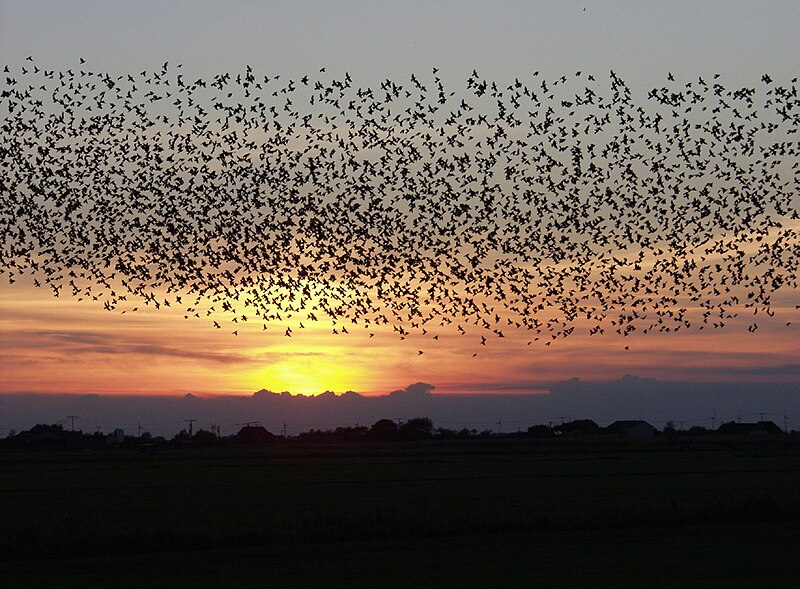As always, this year I spent ThatPetPlace’s annual sale weekend on site at our giant store (the world’s largest!) in Lancaster, Pennsylvania. I was, as usual, thrilled to meet so many readers – thanks for stopping by. I also took the opportunity to take a close look at our larger bird cages, some of which are sold at 60% below chain store and local pet store prices. Today I’d like to highlight 2 that are ideal for Macaws, Cockatoos, Toucans, Mynas, Doves and larger Parrots.
The Importance of Cage Size
Cage size is a critical consideration when keeping any animal, but takes on special importance where active, intelligent species such as parrots are concerned. This is especially true in situations where the birds are confined to their cages for most of the day.
The proper cage will add greatly to your bird’s health and quality of life, and will certainly render it a more responsive pet and companion.
An Ideal Cage for Larger Birds
 I’m particularly impressed by our enormous A&E Dual Space Saver Cage. Of course, all parrots do best when allowed time to explore outside their cages in a safe, bird-proofed room, but this cage is ideal for times when this is not possible.
I’m particularly impressed by our enormous A&E Dual Space Saver Cage. Of course, all parrots do best when allowed time to explore outside their cages in a safe, bird-proofed room, but this cage is ideal for times when this is not possible.
Suitable even for the largest Macaws and Cockatoos, the Space Saver can also accommodate pairs of smaller Parrots, as well as larger Doves, Toucans and Mynas. This behemoth of a cage is almost 7 feet long and over 3 feet wide, and stands 6 feet high. A sliding partition enables one to create 2 cages – ideal for introductions or the permanent housing of multiple species (or for use during avian “marital disputes”!).
The Space Saver is designed so as to fit into one’s home, not stand out– it is well constructed, attractive and available in charcoal, blue, green, platinum, white and sandstone.
Mammal Keepers Take Note
While looking over this cage, my animal-keeper’s mind wandered back to those times when I kept mammals as well as birds. With a few simple modifications, I can see this cage as being very useful for those of you who care for Prehensile-tailed Porcupines, Red, Prevost’s and other Squirrels, Spotted Skunks and similar creatures.
Large Cages for Tight Spaces
Another nicely designed enclosure that caught my eye is the A&E Space Saver Hexagonal Cage. Nearly as large as the Dual Cage, it has a pleasing shape that allows one to make use of corners and other such spaces in the home. Available in 6 colors, its tough bars and built in seed-catchers suit it well for the toughest of our avian friends.
Free Shipping!
As you might imagine, the shipping costs on huge, metal cages can be substantial – so we eliminated them! Both cages are shipped free-of-charge.
Further Reading
A unique take on the importance of cage size is given in this Duke University article.
Please see How Much Room Does a Finch Need? for thoughts on cages for smaller birds.
 That Bird Blog – Bird Care and History for Pet Birds
That Bird Blog – Bird Care and History for Pet Birds



